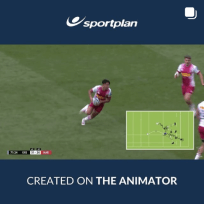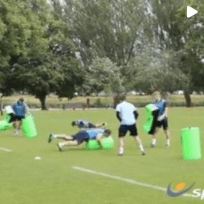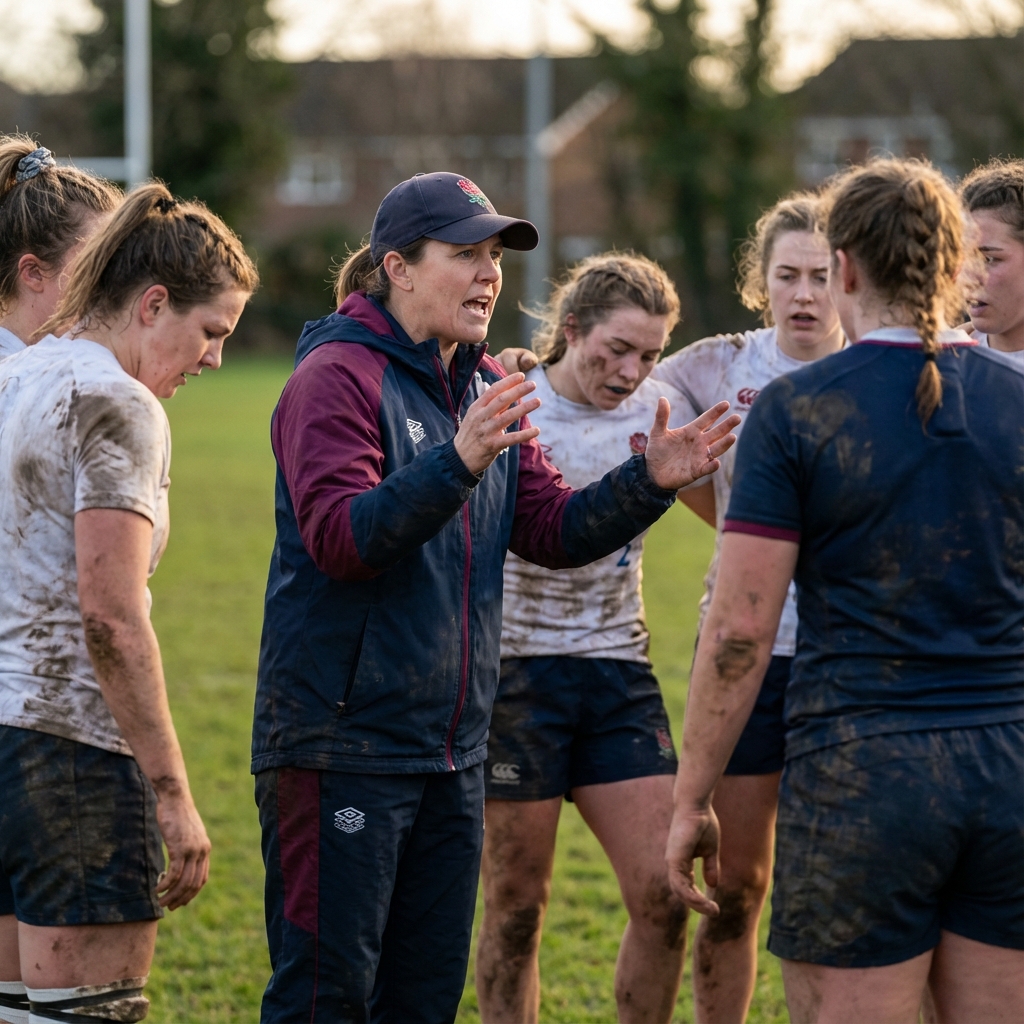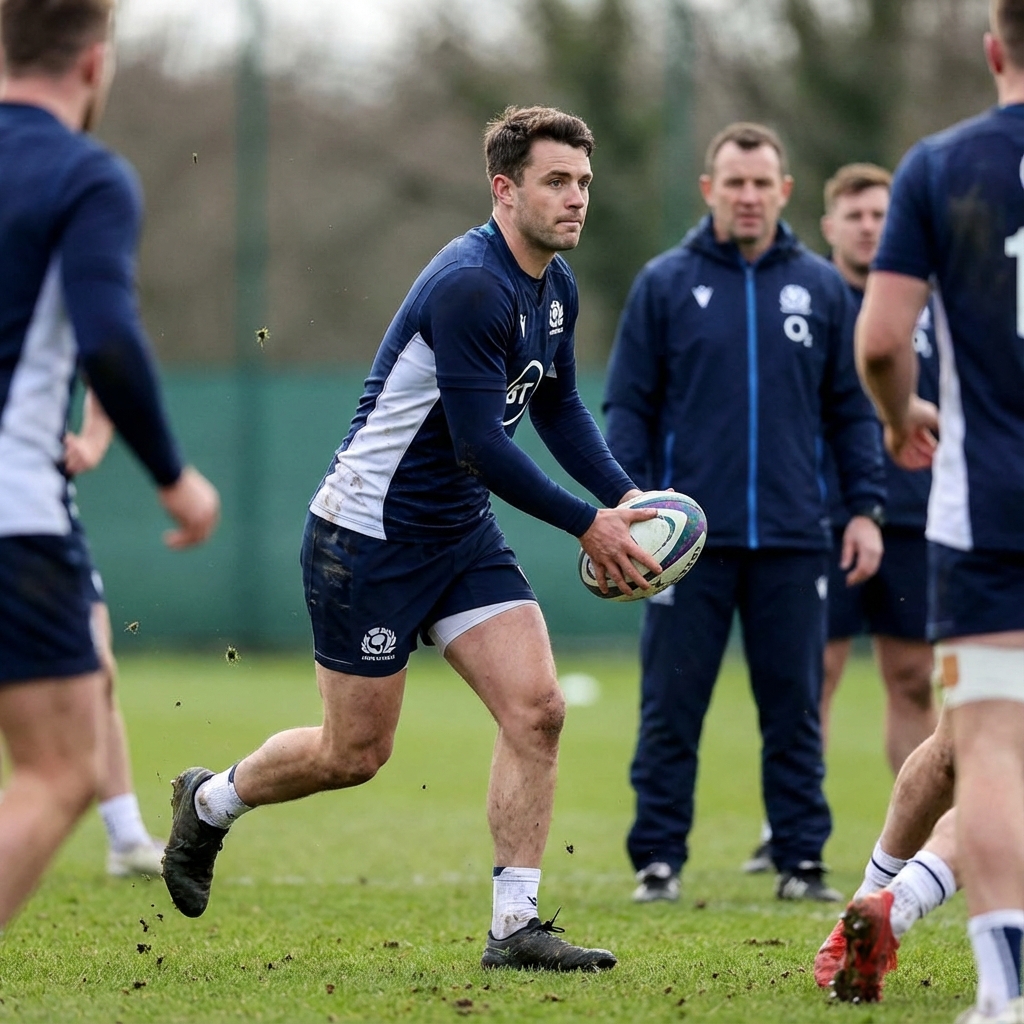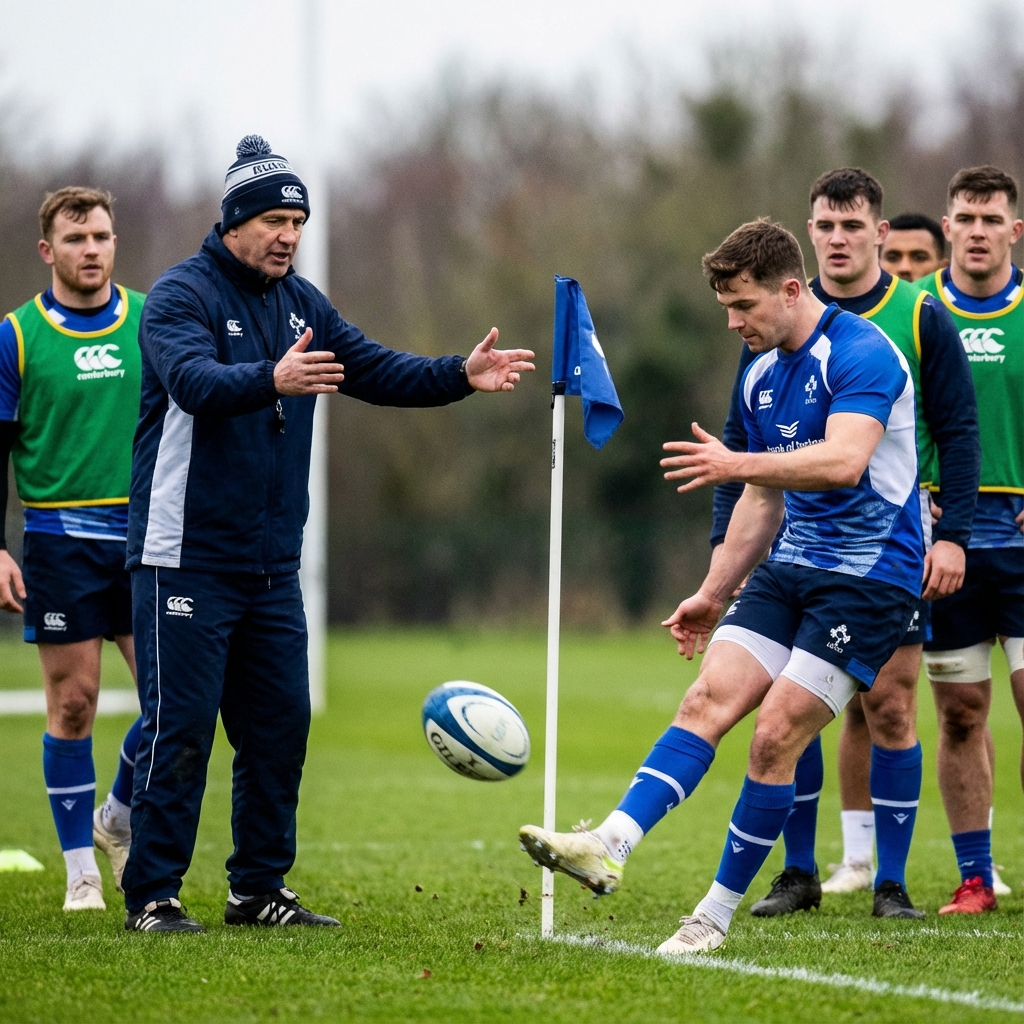What is the current thinking regarding kickoff receiving alignment?
What is the current thinking regarding kickoff receiving alignment?
Gary
You need your team to cover all the areas where the opposition could kick to. Ideally, players near the 10 m line should be a further 5 m's back as it is easier to run forward to the ball than backwards.
Each player should be aware of the area they are covering and also what they will do once they receive the ball. Normally, the forwards will cover the area most likely to be kicked to: the right half of the field if the opposition kicker is right footed. The backs will cover the left side and also cover any deep kicks.
If you need more information let me know.
Simon
There are two crucial kick areas in the regular game.
First, the contested kick off area which is between 10m and 22m lines on the side of the pitch where they are aiming to kick. You need your tallest and best catchers in this area. Two should be able to cover this, with another player close in support for each catcher.
Second, the long kick area, which is beyond the 22m line. Best to let 9 plus one other cover this area. They can then either offload the ball to a runner (keep your best runner here), kick OR spread the ball to counter attack. Once these areas are covered, put one player straight opposite the kicker and then spread the other players into the likely areas of kicks. This covers the regular kick off game of most teams.
Dan -[advertisement removed]
mine is a question; I want to know how I can effeectively drill my players to support the catcher when receieving kick-offs,I seem to have a lot of trouble on this. Owen Mhango
The answer could be two fold; cover all 'holes' or offer a 'hole' to tempt the kicker to send the ball there. Decide on a numbers policy in the catching area, and a set - back and runner system for the players not taking part in the actual catch and secure. Could be that 4 catches supported by 1 and 3, then from the ensuing maul 9 receives and 7 takes it up at pace. Encourage players to begin to align well before the ball has landed, and to try and anticipate the trajectory. Allow space in front of the alignment for all to try and move forwards. Don't allow the practice to become a Coaches Kicking Demo! Maybe better for the coach to throw the ball into the area required for accuracy. Too often coaches think they must kick off (bit of self indulgence often) unless of course they are sure they can land it 'on the dot'! And finally; don't forget the blind side; under-used at kick off. Catch; drive infield; evaluate; and if blind side is on....
Get your fowards to stand 3 to 5 meters behind the 10 meter line.So its easier to judge the ball before cathing.( for 10 meter short) Use two pods of two players each and one strong player supporting both pods.This will save one supporting player at the kickoff for you to utilise elseware.Get one of your forwards(A Flanker) to stand outside playing area.So that he can clearly see from bihind and commuinicate for others to act or leave the kick if its gose into touch. Viper From Sri Lanka(Licensed educator)
Other contributors have offered good advice about which areas of the field to cover and possible options for the kicker to be aware of. Keeping these in mind the alignment of players is something I struggled with for a while but came up with a highly practical arrangement. Have your forwards on the side of the field to which they are kicking and organise them in a standard scrum formation; 3 front row, 2 second row and then back row.Let them be well spread out. Swing them round so that the prop furthest from the centre kick is near the touchline and the other prop is about 15 metres from the half way line and they are approx 20m apart. Then pair up the props with their 2nd row catchers (so that the props can support them). Match up the No.8 with the blind side flanker as a catching pair. This leaves the hooker who you move close to the 10m line ready to go for the short kick off and the open side flanker who is left to support the ball quickly and whoever catches it. You now have a formation that has the most likely target areas covered so that players can run forward to catch the ball with immediate support and everyone has a clear role. most importantly this is easy to set up and for the players to understand.
My response really relates to the "what next part of the question" ie plan from breakout not just containment in your own half. If you can drill your players into understanding a simple kick off reception routine where the forwards understand their individual roles (regardless of their actual line up) which allows you to get into a pre-conceived set up then you can make very early gains. With the backs similarly primed to understand what is likely to happen very early in a game and where they are going to be asked to attack from, you can quickly put the opposition off their stride. To this end practicing Kick off reception repeatedly and enforcing a structure say catch and take, first phase in own half left or right between own 10 and 22, allowing subsequent crashball from available flanker to set up second phase on centre spot, with opposition defence reeling backwards, fast ball and backs primed with set slick move to use fast hands and make breaks early, can pay massive dividends. In particular the disarray can cause mismatches in personnel - fast centres against burly props -much like England did on Sunday against France.
I break the forwards into pods of one prop one flanker one 2nd row and either hooker or 8. Whoever catches the ball thats the pod that has the responsibility for the kick off the 2nd pod is employed as a "hit up pod" ready to take the ball on providing better ground for a clearance or if its on to release the backs early on. Their second job is to back up the 1st pod but only if needs be. Over commitment at breakdowns kills attacking oppurtunities or at best limits them.
Gary, I see a lot has been written here and a lot to take in with a lot of pointed advice.
Some people will say 'Scrum formation', some will say 'triangle formation for the receivers'.
All I tell my team is that whatever formation they want to use, the receiver should always move forward to take the ball, NOT backwards. Players then move backwards to support the receiver.
My receivers will stand on the 22 with a deeper runner in the 22.
It has worked well with my teams as the receiver is taking the ball with 'go forward'. We find ourselves playing in the oppo half within 2 phases.
Interesting responses which all make perfect sense. Terrain should also be taken into consideration. A kicker attacking a sloping pitch would probably seek to pin the ball as deep as possible into the "hole". I would always coach speedy wingers to stand in each corner 5 metres off the try line and 5 metres from the touch line to%3A
1. Cover kicks to the corners
2. Be in a suitably deep position to take feed from any catcher or subsequent ruck/maul in front
3. Be in a suitably deep position to support the full back.
The Full Back would take an aligned position between the posts to%3A
A. Cover any deep kicks down the centre
B. Be in a suitably deep position to support wingers.
I appreciate most pitches in the world are flat, but few in Cornwall, England are, hence the reference to terrain. Wind conditions and angle of sun are also factors that a reasonable kicker would take into account, and the receivers should be equally awake to these factors.










